Receiving physical mail has been seemingly on its way out for decades — replaced electronic communication such as email, apps and specialized online services. While the digital revolution may have been successful in countless other ways… your utility bills, online purchases and that magazine you subscribe to still arrive at your address in physical form. While you can track courier shipments online and receive alerts for many other physical mail services, a connected mailbox that sends signals to you on your mobile is almost nowhere to be found.
In short, mailboxes, or postboxes, may not belong to your typical Internet of Things, but making your mailbox bright can be a great way to stay on top of important mail and convenience that is much easier to set up. Then you ever realized!
Evolution of mail and the mailbox.
Passing messages from one person to another in the form of writing has most likely been around since the invention of writing. The first documented evidence of organized private courier service was used privately by Pharaohs in Egypt in 2400 BC, with the oldest surviving piece of mail dating back to 255 BC. The sixth king of the First Babylonian Dynasty, Hammurabi (1700 BC), also created a messaging system in his kingdom for gathering intelligence and taxes. Persian King Cyrus the Great (550 BC) has been largely credited for the first mail system that allowed ordinary citizens to send and receive posts between provinces under his kingdom.
Postal systems have played an essential role in modern transportation such as railways, roads and inter-continental air transportation. Today, the Universal Postal Union, established in 1874, includes 192 member countries and sets the rules for international mail exchanges.
Public mailboxes have been around since 1653, when the world’s first boxes were installed in and around Paris, France. However, mailboxes or mail slots used to receive private or business mail became popular much later in the mid to late 19th century in both Europe and North America. Although the shared mailbox may be largely standardized, the basic functionality of a mailbox has remained the same throughout the years.
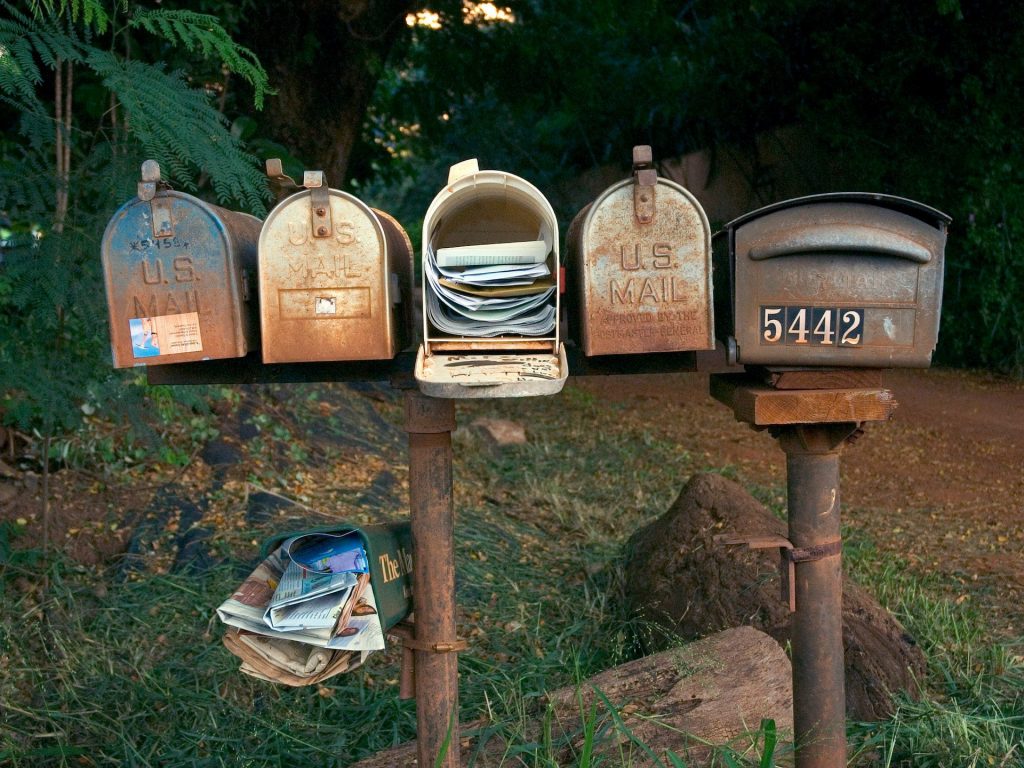
Internet of Postal Things – is it smart?
The title of the first “smart” mailbox must belong to the original American curbside mailbox (also called the tunnel-style mailbox) fitted with a semaphore or signal flag mounted on an attached arm to signal the postman to pick up outgoing mail as well as for the postman to inform the delivery of incoming mail. However, the connected mailbox seems to be just on its way in: U.S. Postal Service’s Office of the Inspector General envisioned a related mailbox back in 2015. Their connected home mailbox prototype was just unveiled at CES 2019.
The idea of a mailbox being fitted with smart sensors for securing it from weather conditions, unauthorized access and monitoring its activity in real-time is rather unsurprisingly becoming very real, and it only surprises connected mailboxes haven’t yet found their way to our homes in the same way as connected fridges, and other home appliances have done. The world has only seen a few functional IoT mailboxes so far, but we can be sure there will be many more to come… the time is finally right for the Internet of Postal Things.
Get your mailbox connected with RuuviTag
There are a few rather ambitious projects for the mailbox of the future, some that can even scan packages and connect with selected service providers’ API to exchange delivery information. However, many of these functionalities might seem a bit too much for the typical user: your connected mailbox of the future can be just one brilliant beacon away.
Bright sensor beacons can be ideal for this task due to connecting with other devices or networks via different wireless protocols. RuuviTag is a rugged and affordable Bluetooth sensor beacon that can adapt to hundreds of situations, and this versatility makes it a perfect choice for a connected mailbox.
RuuviTag can sense its orientation through the STMicroelectronics LIS2DH12 accelerometer. This sensor can act as a simple movement trigger when attached to the lid or door of a mailbox or a mail slot. RuuviTag can also provide environmental data from inside or outside the mailbox (depending on where it was installed) to keep users informed about surrounding conditions, which could spell disaster for more weather-sensitive packages. Monitoring your connected mailbox can be done simply by installing the RuuviStation app on your mobile phone. This app provides real-time data and alerts that are entirely user-configurable.
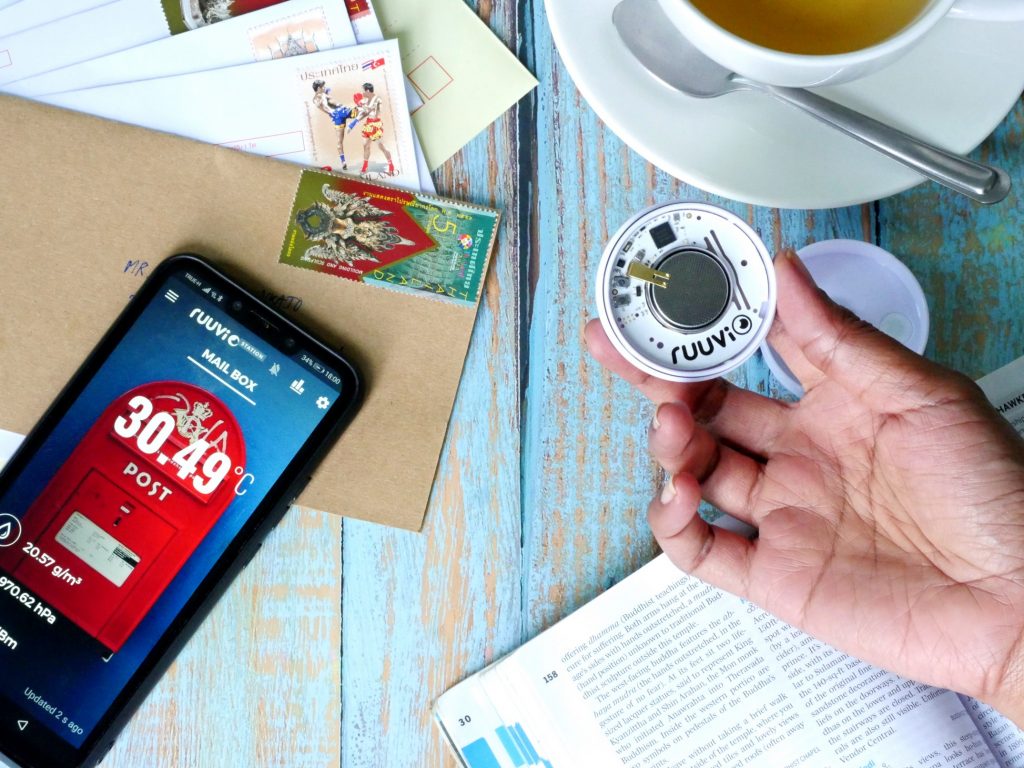
Conclusion
The connected mailbox revolution is here: it’s now easier than ever to connect your mailbox as a part of your IoT environment.
RuuviTag makes connecting your mailbox easy by providing all the necessary sensors in a small form factor device that can sense when the mailbox was opened or closed and provide environmental data right on your mobile phone through a simple and powerful Ruuvi Station app.
Make sure you are running the latest firmware and mobile application to access the latest features available on your platform. Note that when writing this post, iOS devices are not scanning Bluetooth broadcasts in the background, and the user has to manually check the app’s movement counter value.
More information and use cases for RuuviTag on the Ruuvi website.
Buy RuuviTag and make your mailbox intelligent
RuuviTag alerts you once your mailbox is being used
39,90€
Ruuvi is based in Finland. If you’re an EU consumer, VAT is included. If you’re a non-EU customer, you don't pay VAT. If you're an EU business, insert your VAT ID at checkout.
In stock
RuuviTag Sensor (4in1)
| 5 star | 93% | |
| 4 star | 7% | |
| 3 star | 0% | |
| 2 star | 0% | |
| 1 star | 0% |
RuuviTag Sensor (4in1)
| Quantity | Unit Price(€) |
|---|---|
| 1 | 39,90 |
| 2 | 37,40 |
| 3-5 | 36,90 |
| 6-8 | 35,90 |
| 9-12 | 34,90 |
| 13-25 | 33,90 |
| 26-99 | 32,90 |
Are you looking for bigger quantities? Contact us for pricing.
FAQ
Using an app sounds complicated?
Not at all. Installing and configuring the RuuviTag to your mailbox and phone takes less than 5 minutes! Guaranteed.
Is the connection completely wireless?
Correct, our sensors operate completely wireless and communicate with your phone with the help of the app. No wires needed.
Click here to go to example use cases.
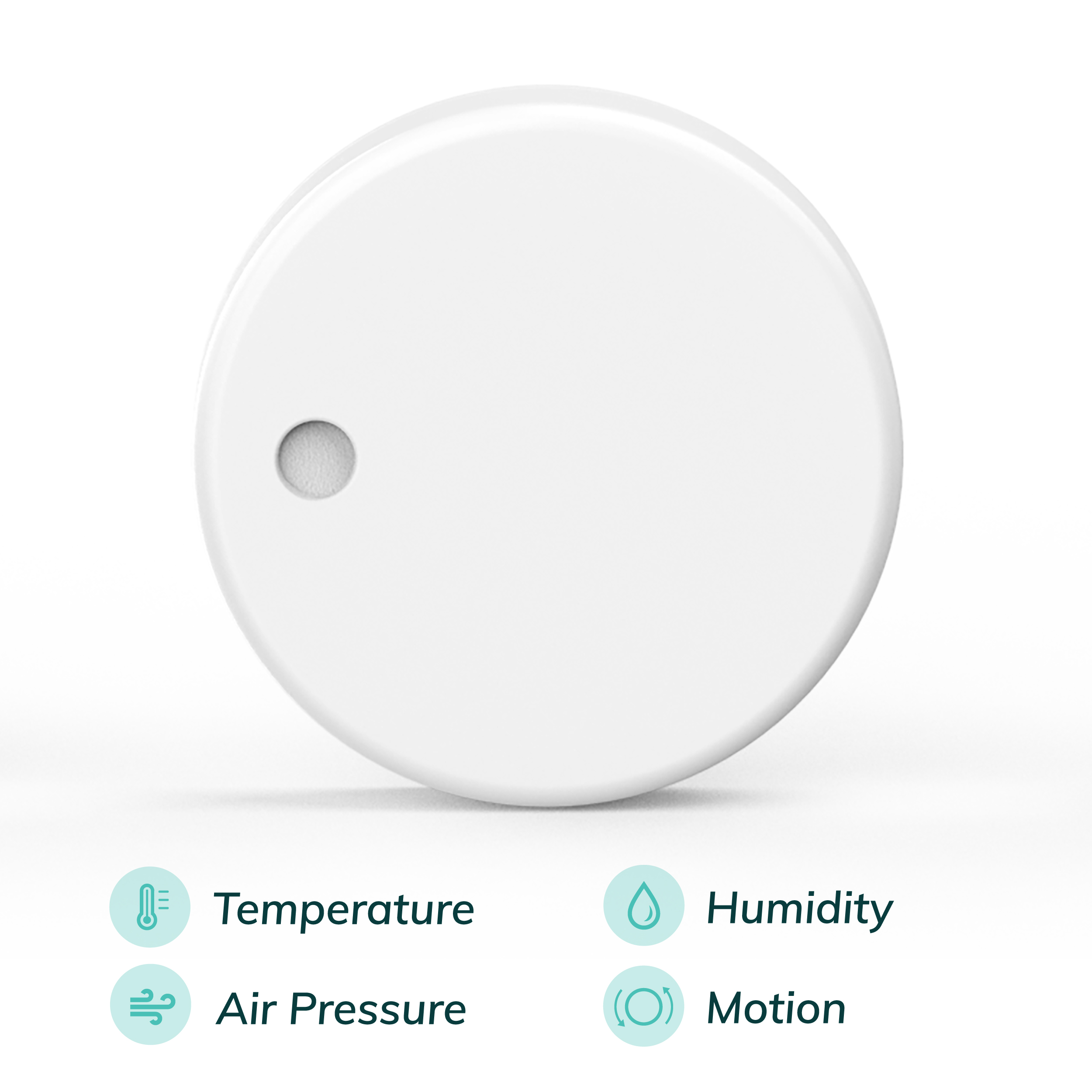
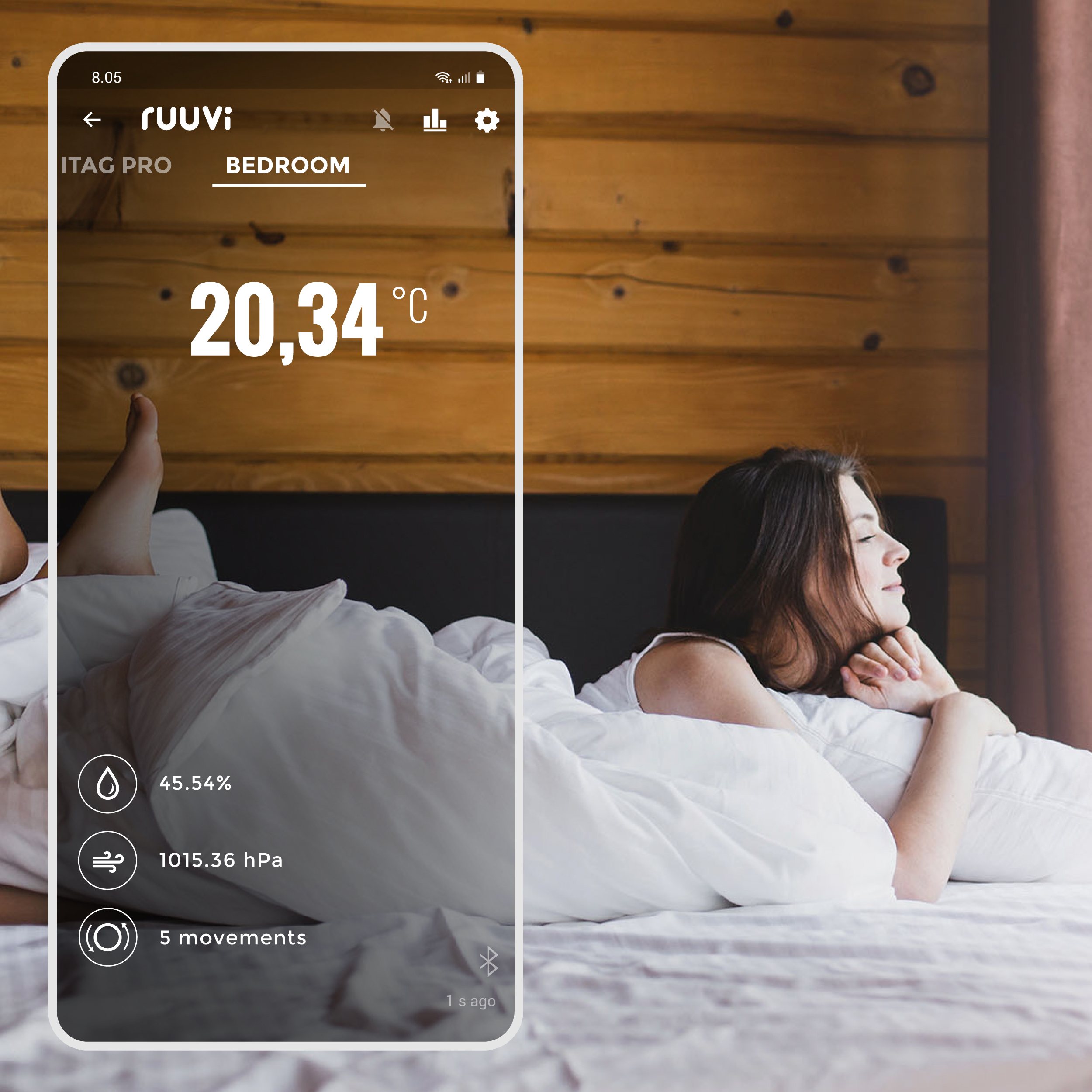
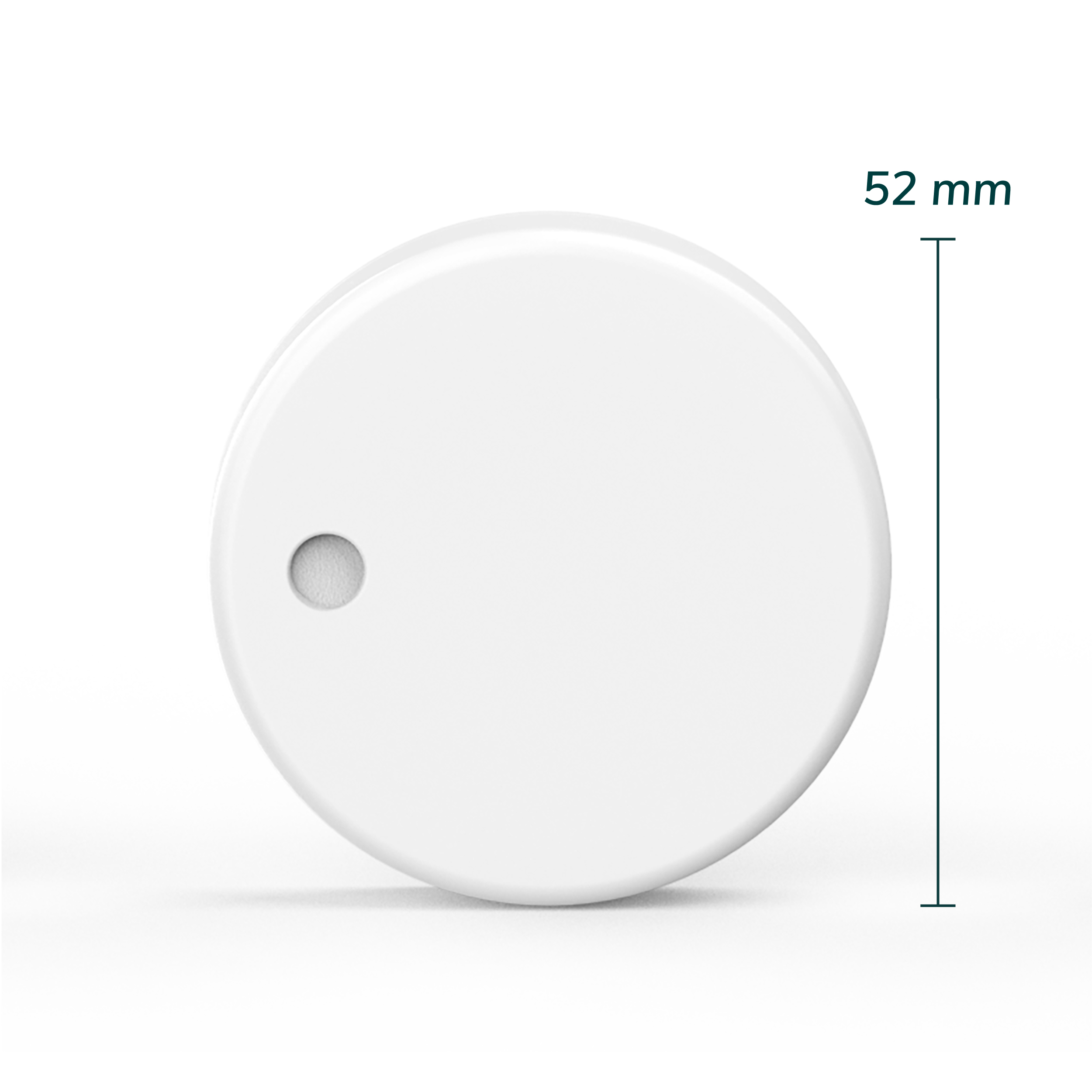
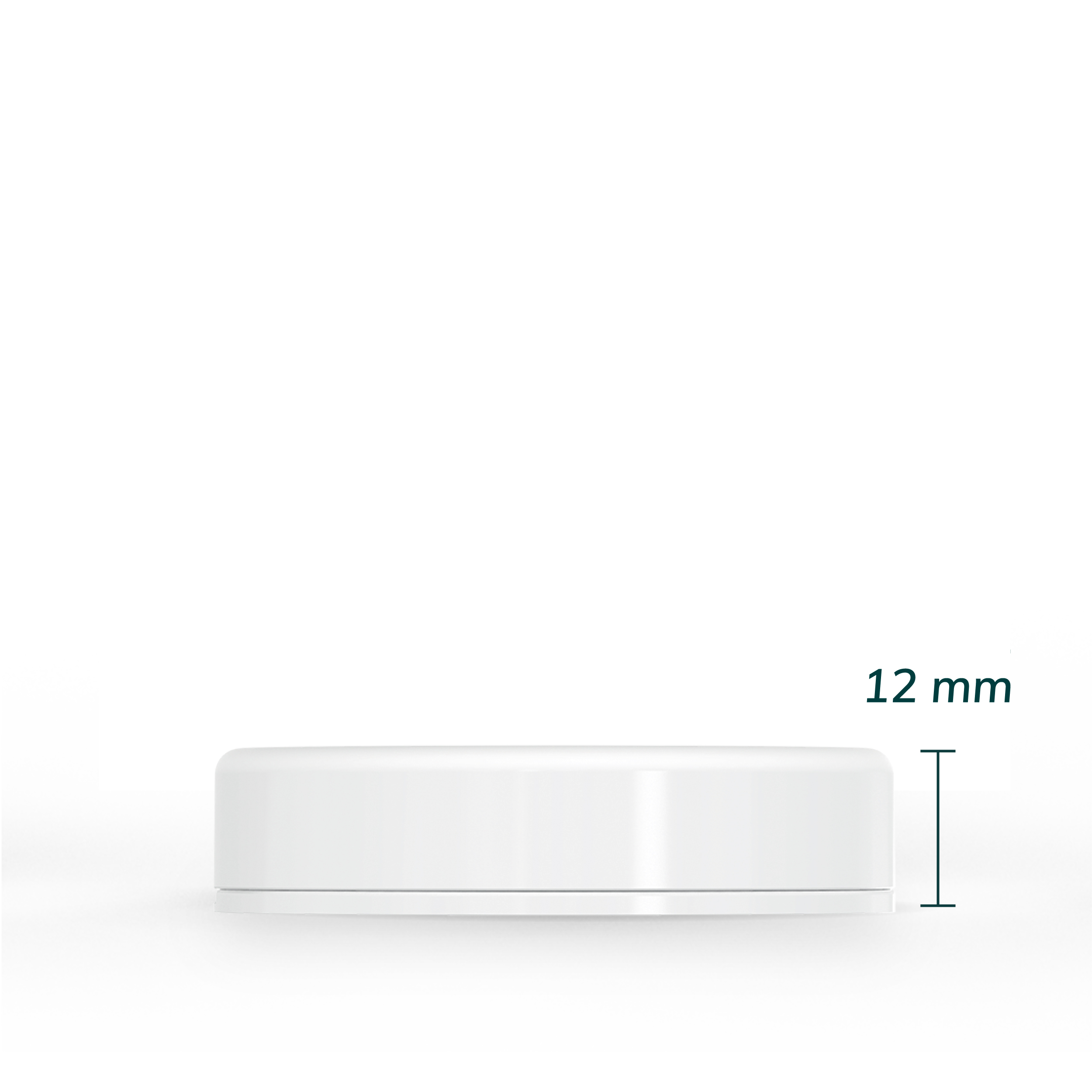
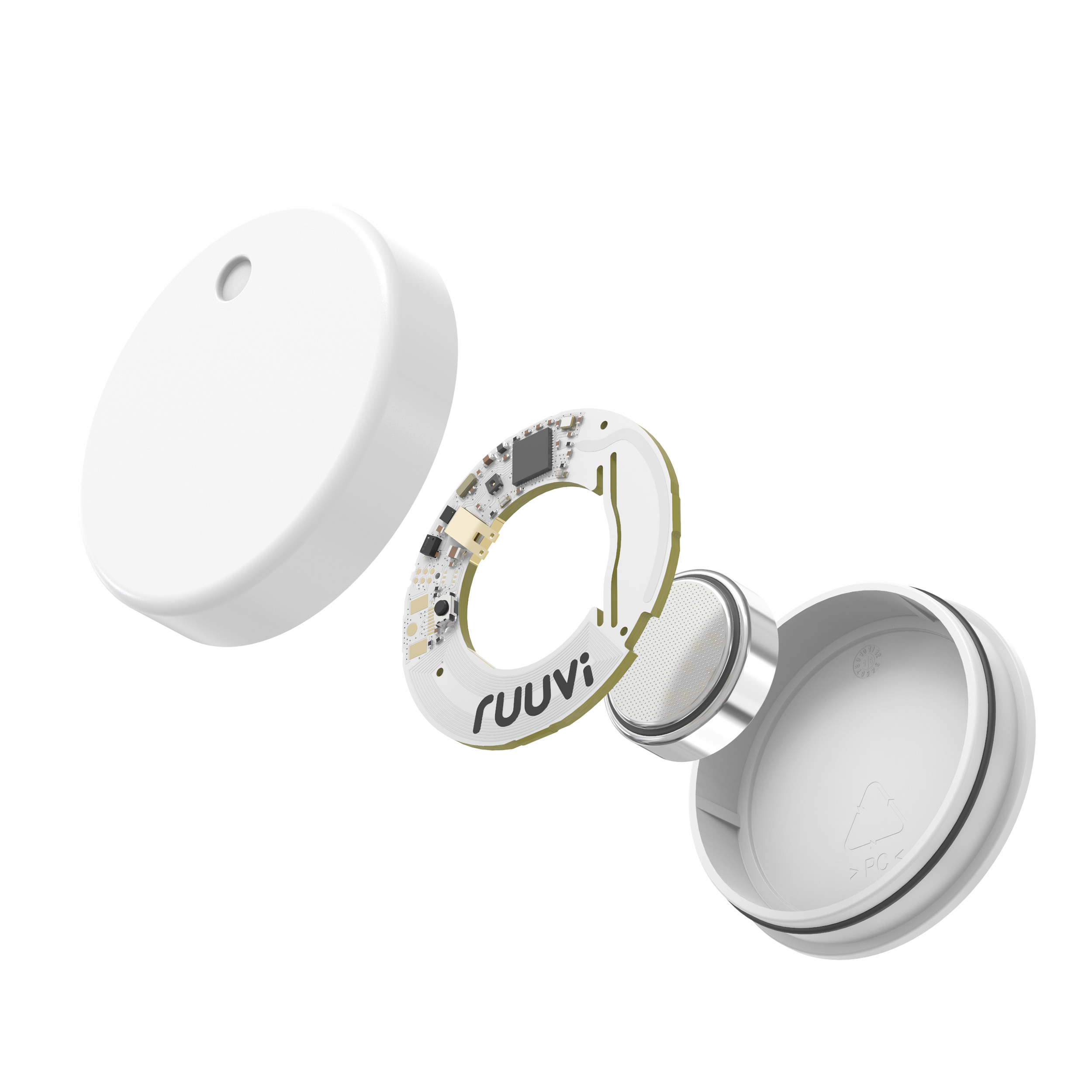
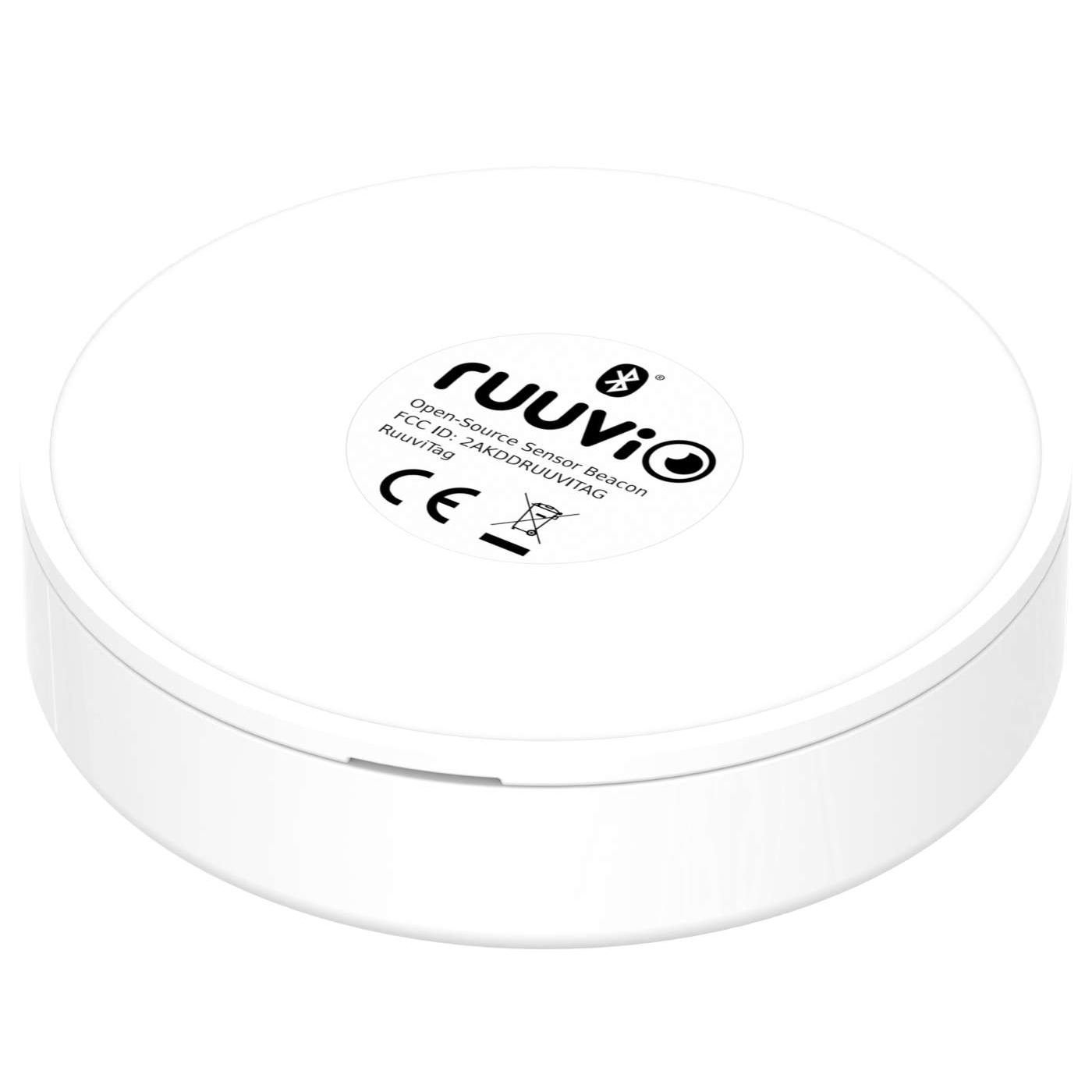
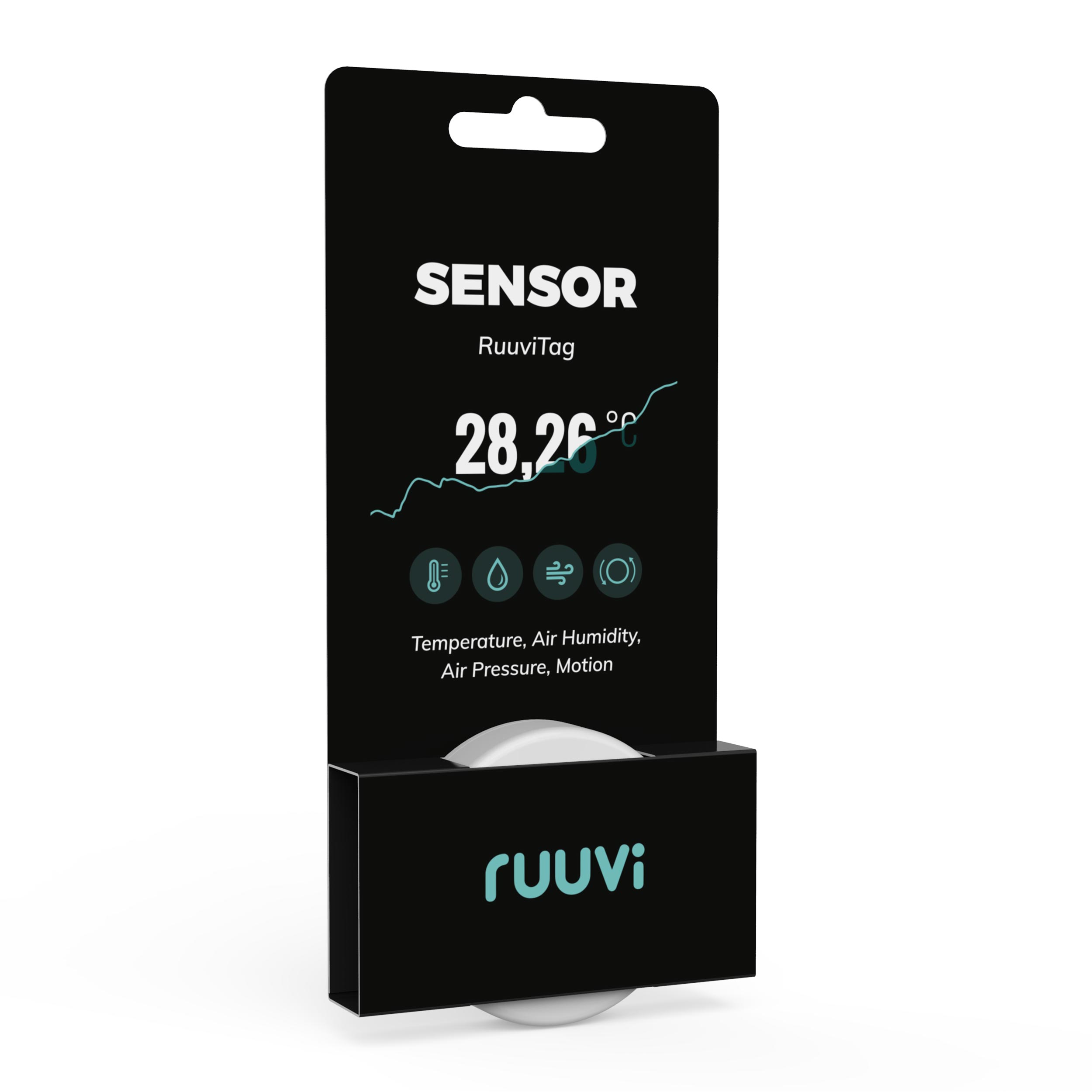
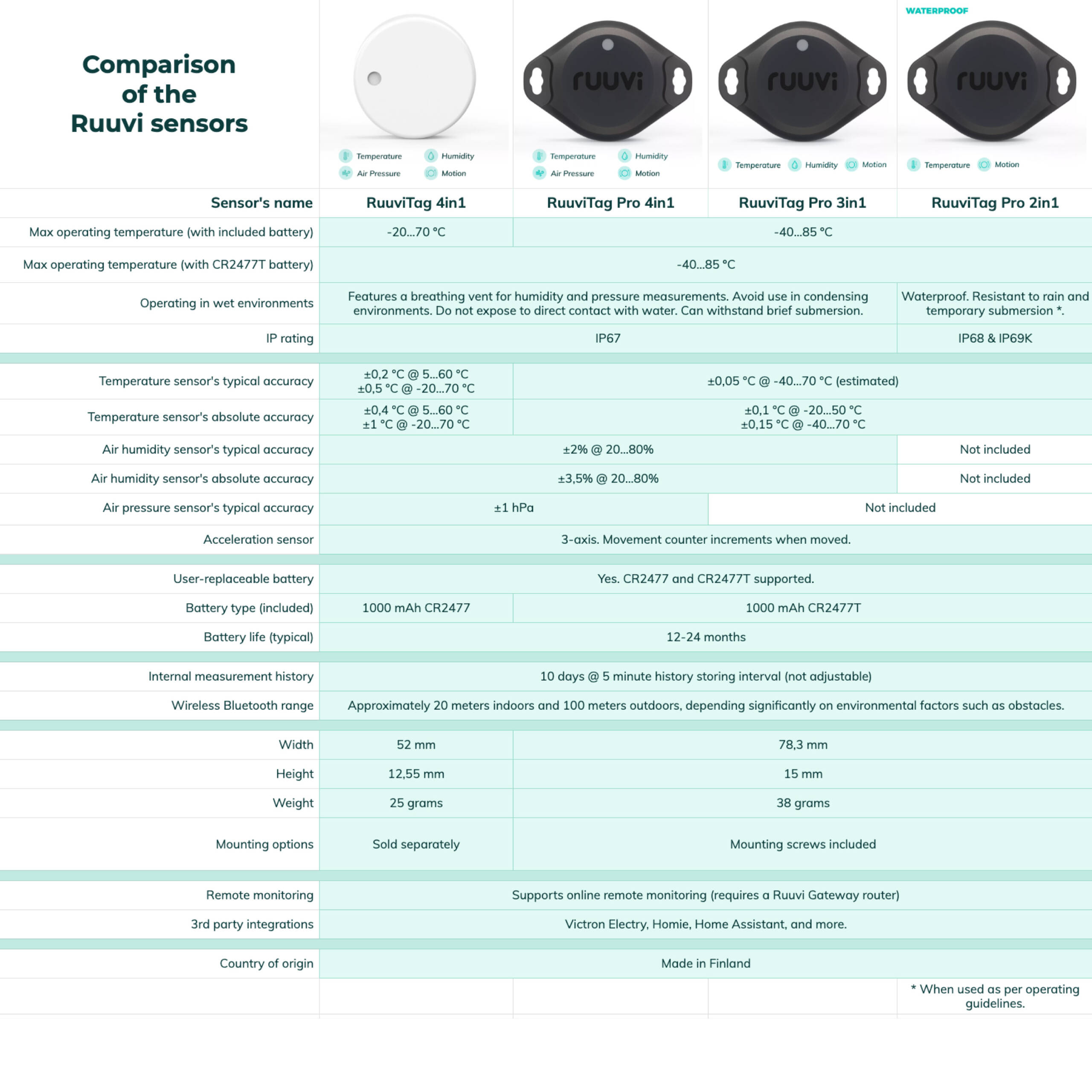
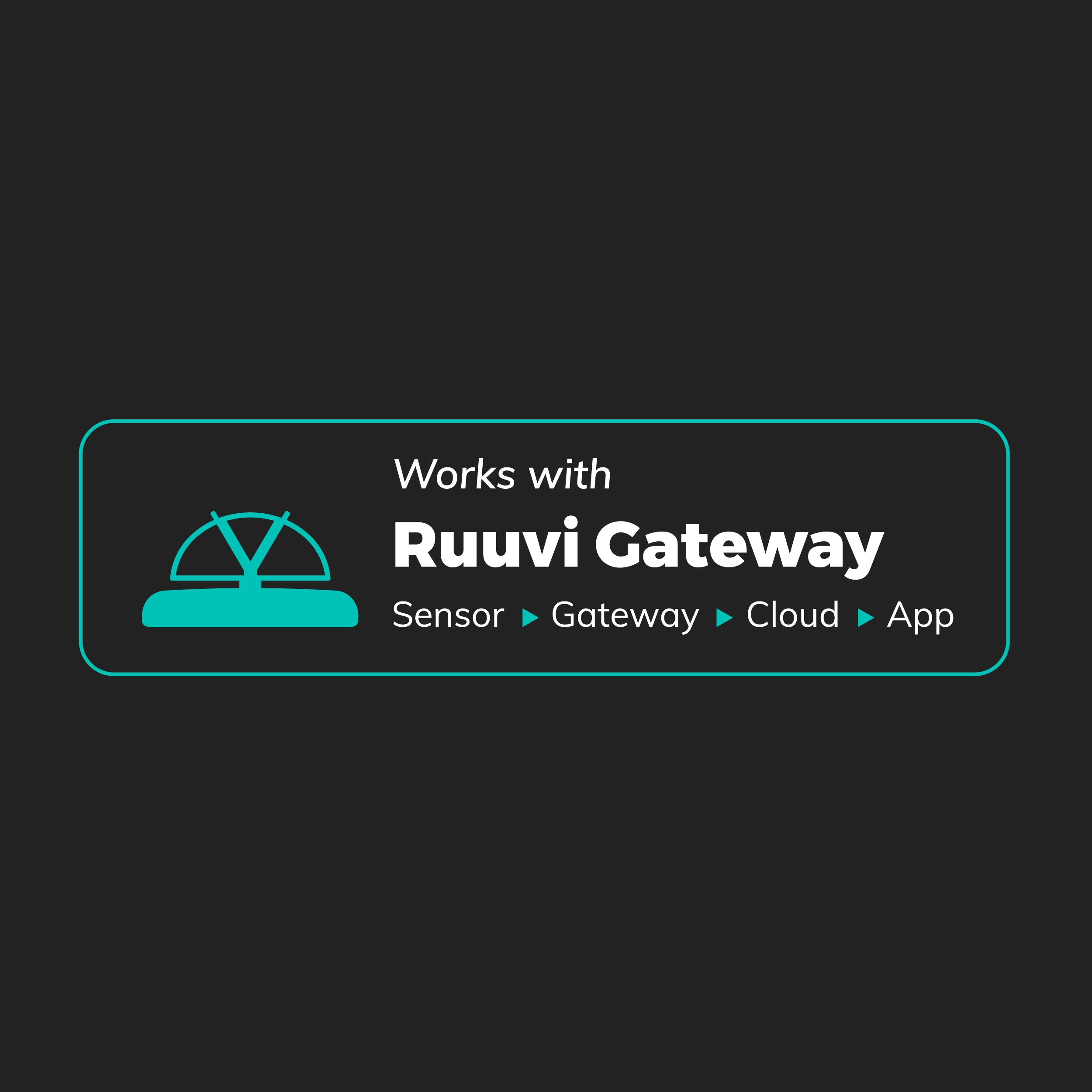
We mainly measure remotely the temperature (rantasauna, grandchildren ‘s bedroom…). Works like junan vessa.
Easy to use!